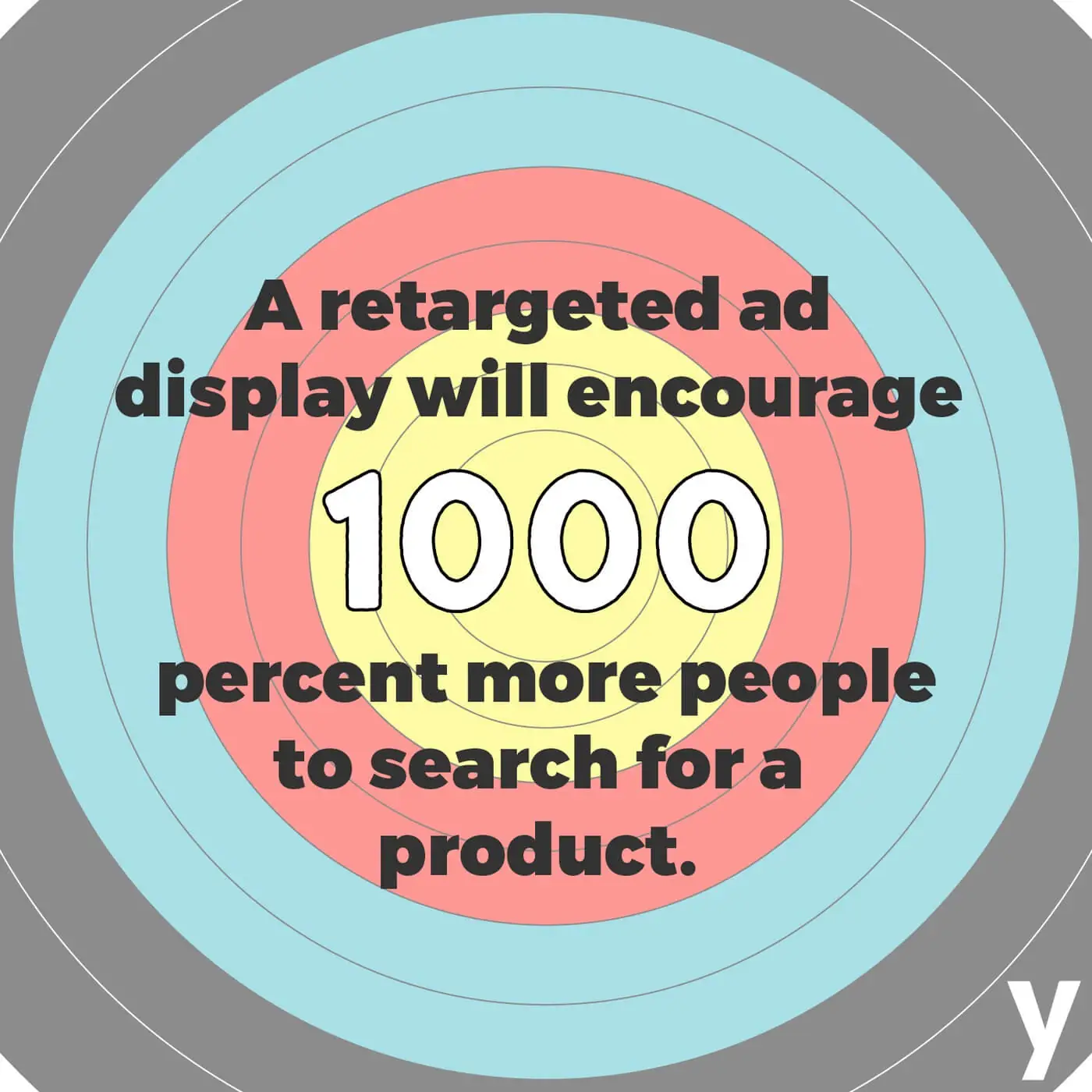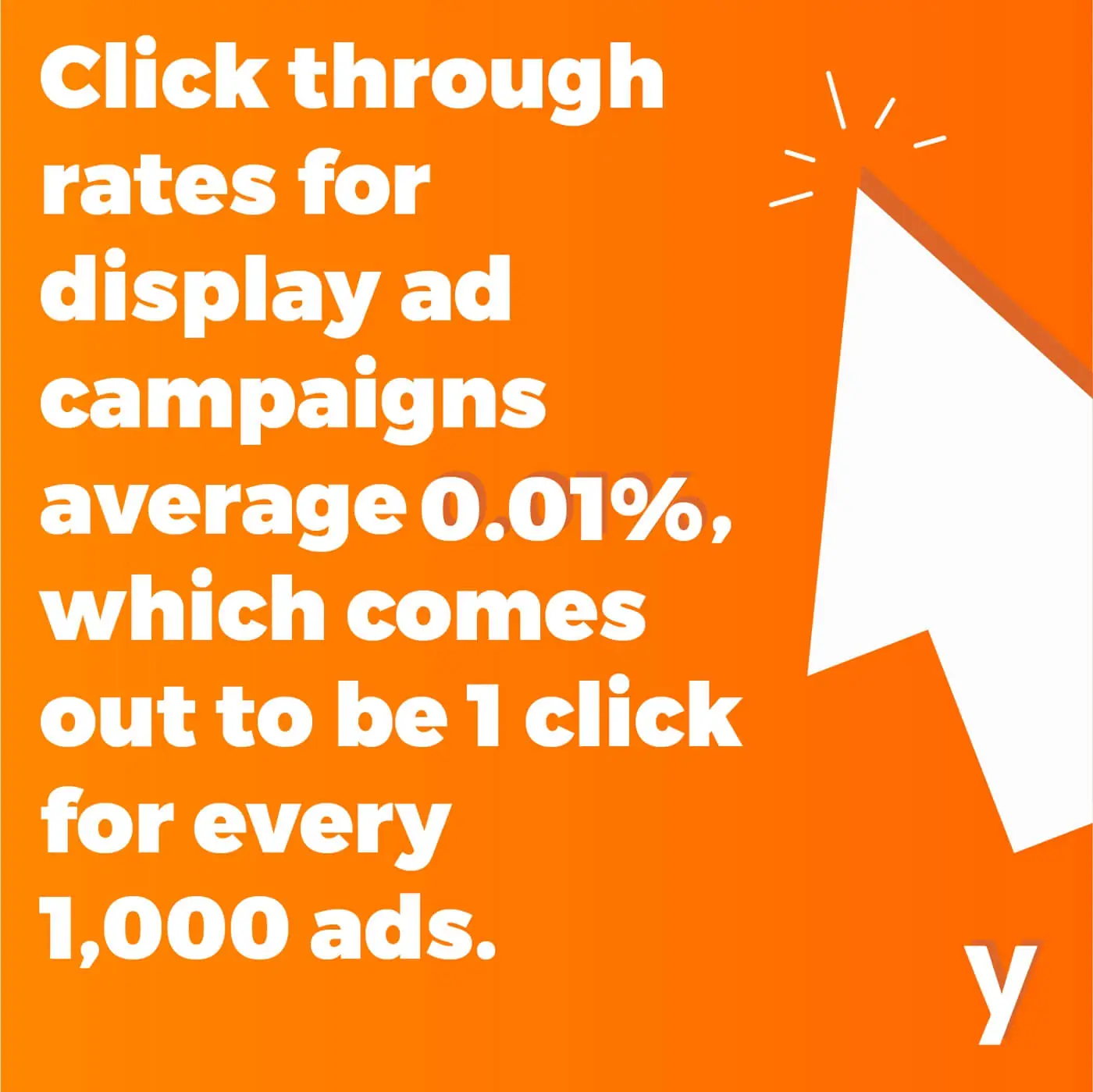Set the scene for advertising back in the 1950s, and imagine a television show sponsored by Kraft or Colgate or General Electric. The product becomes part of the show itself, with its host folding in mentions of the product(s) in subtle… and not-so-subtle ways.
Flash forward to present day and basic tenets of advertising have remained mostly the same—where there were TV shows, there are now YouTube channels and Instagram influencer accounts.
Even with a variety of resources and the best advertising books around, digital advertising can be a daunting pool to dive into when trying to build brand strategy. Especially for those bred on more traditional methods of marketing, they will try to apply what they’ve always known to be true to emerging digital outlets only to find lackluster results and a waste of time and effort. But with the expansion of goods within the consumer marketplace, and the volume of content produced on a daily basis, not taking advantage of more modern avenues of advertising can be detrimental to the lifespan of a company.
Since time is money as is advertising, let’s err on the side of efficiency, and tackle the guiding principles for any good digital marketer to be conscious of in 5 minutes or less.
The Landscape is Vast: Target Wisely
 More people and easier access to them directly does not always mean more conversions. In fact, a poorly targeted campaign is sure to waste more money than any it could potentially make. Social media, apps, blogs, banner placements, sponsored content, etc.—there are so many ways to reach the demographics you care most about. And this makes it even more important for you, as a business, to understand what they care about.
More people and easier access to them directly does not always mean more conversions. In fact, a poorly targeted campaign is sure to waste more money than any it could potentially make. Social media, apps, blogs, banner placements, sponsored content, etc.—there are so many ways to reach the demographics you care most about. And this makes it even more important for you, as a business, to understand what they care about.
Are there keywords that your audience searches with regularly? What times of the day are they most likely to be online? How and where from do they consumer content? All of these questions help guide your targeting efforts and shape the channels most deserving of brand resources from the get go. In turn this will drive an increase in traffic due to the fact that retargeted ads encourage 1000% more people to search for a product.
Make Meaningful Creative, Not Spam
The frequency with which many digital platforms distribute content means that the lifespan of a campaign is incredibly short. With this being the case, many businesses—rather than allocate resources to content strategy—will fill the space with empty chatter. And this defies everything that digital is about. It is the space where deeper engagement and conversations with your audience(s) take place. Why waste what opportunities you do have to connect with them on meaningless creative.
Many channels allow for a variety of content mediums to help tell stories and drive conversions. As many advertising agency trends point to, channels of recent popularity include interactive ads, video, live streams, and artificial intelligence. The doorways are open to develop and deliver messages that reach far beyond touting a service or product for its face value. As a business, digital marketing builds a bridge of intimacy between consumer and brand. It creates a dependency based on core value and belief systems rather than simply need or want.

Device Makes a Difference
Digital may seem like an all-encompassing term, but the ways in which people connect to the virtual world vary as much as they do. There’s the smartphone, the tablet, desktop, wearable technology, and new technology emerging on the scene every day. Keeping this in mind helps you, as a digital marketer, better reach and cater messaging to consumers wherever they are.
As an example, consider ad design. Something you create for distribution via desktop browsing may not translate to mobile. Sizing and calls-to-action could become skewed. Or in the case of video, individuals may come across it on a mobile device while commuting to work in the morning with the sound off. If your video has an ample amount of voice-over delivering the key messages, it may be lost to those consuming on mute.
Optimize Over Set and Forget
 After devoting hours of time to building out specific campaigns, sometimes weary marketers will fall into the trap of setting them loose on the world and moving on to the next task at hand. Unfortunately, so many factors can go into the success of digital advertising efforts, that not revisiting the assets regularly during the campaigns’ lifecycle can leave missed opportunity for hitting the mark. Optimize, optimize, optimize, and know which ad sets are worth abandoning if lackluster results are coming through.
After devoting hours of time to building out specific campaigns, sometimes weary marketers will fall into the trap of setting them loose on the world and moving on to the next task at hand. Unfortunately, so many factors can go into the success of digital advertising efforts, that not revisiting the assets regularly during the campaigns’ lifecycle can leave missed opportunity for hitting the mark. Optimize, optimize, optimize, and know which ad sets are worth abandoning if lackluster results are coming through.
Understanding metrics comes in handy in this sense (aside from post-performance evaluation). Clicks, for example, are a unit of measurement that require extra investigation for a variety of channels. While knowing the number of clicks on any given asset (in fact, click through rates average 0.01%), gauge where those clicks lead, how much time an individual spent at their destination after clicking, their path that developed post-click (as applicable). Using this will develop a meaningful strategy for what you choose to post and which content you’re audience is engaging in.
Many digital channels have established their own interpretations and verbiage for certain metrics, but if you don’t understand what they mean with regards to your bottom line, they’ll end up being just another number with little implication on optimization.
The facets of digital advertising are clearly much more vast and intertwined than simply posting online and calling it a day. And while you shouldn’t be deterred from experimenting through these channels without prior experience, your business should acquire a basic sense of where their efforts will be best spent exploring.
If lost on next steps, get inspired with a branding agency driven by both purpose and results—contact Mabbly today.




